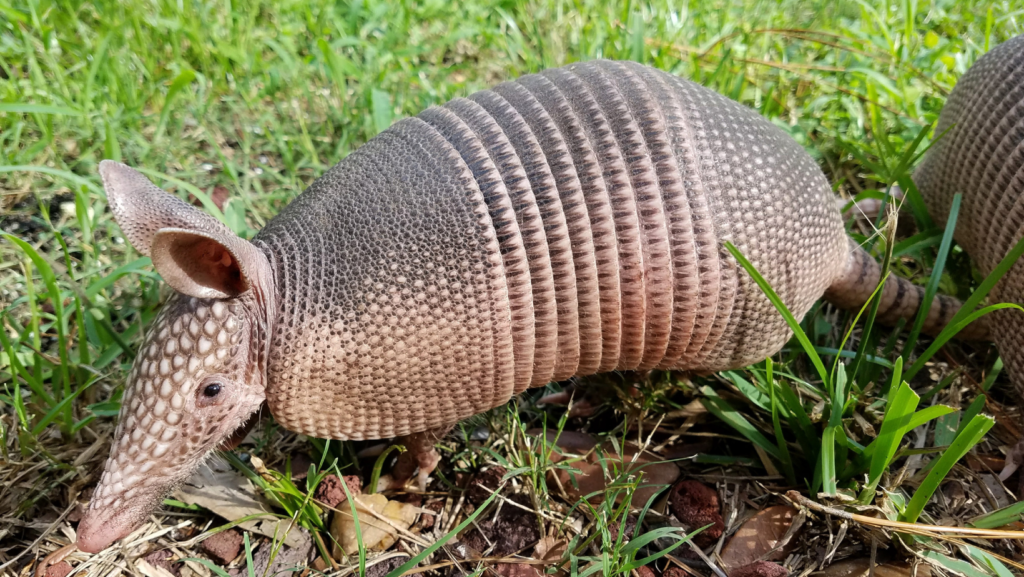Birth:

Armadillos, with their distinctive armored shells, are fascinating creatures that hail from the Americas. The birth of armadillos typically involves a single litter, as they are known to give birth to only one pup at a time. Pregnancy lasts for about 60 to 120 days, depending on the species, and the mother usually gives birth in a well-hidden burrow. The newborn armadillo, called a pup, is born with a soft shell that hardens over time.
Grown Up:
As the armadillo pup grows, its armor becomes more pronounced and hardens into the characteristic shell that provides protection from predators. Armadillos are known for their strong digging abilities, and as they mature, they become proficient at burrowing into the ground in search of food and shelter. Depending on the species, armadillos reach maturity at around one to two years of age.
Life:
Armadillos are primarily solitary creatures, although some species may tolerate the presence of others in overlapping home ranges. They are most active during the early morning and evening hours, using their keen sense of smell to locate insects, grubs, and other invertebrates in the soil. Armadillos are also capable swimmers and can float across bodies of water by inflating their intestines, allowing them to traverse streams and rivers.
Food:

Armadillos are opportunistic omnivores, and their diet consists mainly of insects, larvae, worms, and small invertebrates found in the soil. They use their sharp claws and long snouts to dig into the ground and leaf litter, exposing their prey. In addition to animal matter, armadillos may also consume plant material, fruits, and small reptiles, depending on the species and environmental conditions.
Reproductive:
Armadillos have a unique reproductive strategy known as delayed implantation. After mating, the fertilized egg remains in a dormant state for several months before implanting in the uterus and initiating pregnancy. This adaptation allows armadillos to time the birth of their young to coincide with favorable environmental conditions, such as the availability of food. The mother provides care to the single pup, teaching it essential skills for survival before it eventually becomes independent.
Death:
Armadillos face threats from predators such as large birds of prey, wildcats, and canids. Vehicle collisions are also a significant cause of mortality for armadillos, as they may not react quickly enough to oncoming traffic. Despite these challenges, some armadillo species have managed to adapt well to human-modified environments.
The lifespan of an armadillo varies among species, but in the wild, they generally live for three to 12 years, depending on factors such as predation, disease, and environmental conditions. Overall, armadillos contribute to the ecosystems they inhabit, playing a role in insect control and soil health.

